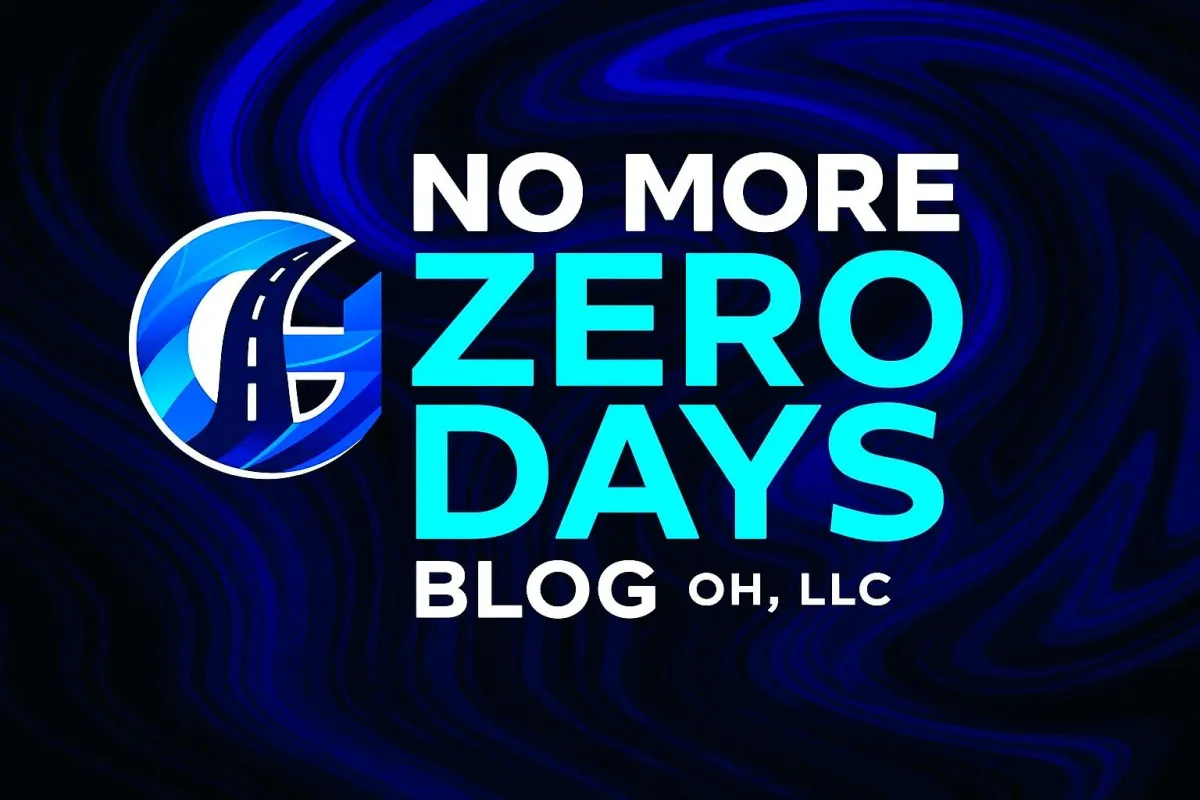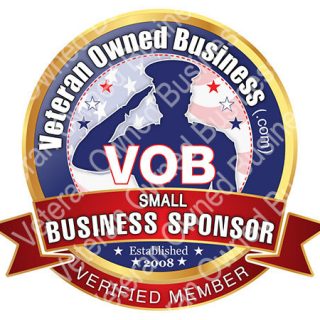
The Strategic Value of Both Open & Close-Minded Hires: Why Smart Managers Are Hiring “Stubborn” Employees & You Should Too
Here’s a shocking truth that will flip everything you think you know about hiring: Some of the most successful companies are deliberately seeking out “stubborn” employees, not despite their rigidity, but because of it.
I know what you’re thinking. Every leadership article, every HR manual, every business guru preaches the gospel of flexibility. “Adapt or die!” they cry. “Embrace change!” they demand. But what if I told you that research reveals an entirely different story, one where cognitive rigidity isn’t the enemy of success, but often its secret weapon?
The Flexibility Obsession Has Blinded Us to Hidden Talents
We’ve become so obsessed with cognitive flexibility that we’ve forgotten a fundamental truth: not every job requires mental gymnastics. In fact, research shows that cognitive rigidity —the tendency to stick with established patterns and resist change —can be a significant advantage in the right contexts.
Think about it. When you’re getting heart surgery, do you want a surgeon who’s experimenting with creative new approaches mid-operation? When you’re boarding a plane, do you want a pilot who’s flexible with safety protocols? When you’re depending on your financial advisor, do you want someone who abandons proven strategies for the latest investment fad?
The answer is a resounding no. You want someone who follows the rules, sticks to what works, and doesn’t get distracted by shiny new ideas.
The Science Behind “Stubborn” Success
Here’s where it gets fascinating. Recent behavioral research reveals that people with higher cognitive rigidity consistently outperform their flexible counterparts in specific types of work. They’re not just adequate, they’re exceptional.
Consistency Champions: Studies show that cognitively rigid employees demonstrate superior performance in routine, well-defined tasks. They develop highly efficient mental patterns and stick to them, leading to faster completion times and fewer errors. While flexible thinkers might get bored or distracted, rigid thinkers find satisfaction in perfecting their approach.
Quality Control Masters: Research indicates that rigid thinking correlates with better attention to detail and adherence to standards. These employees naturally resist the urge to cut corners or “improve” processes that already work well. They’re the ones who catch the mistakes that creative types might overlook.
Expertise Builders: Cognitive rigidity drives deep specialization. Instead of spreading their attention across multiple areas, rigid thinkers focus deeply on their domains. They become the go-to experts, the ones who know every nuance of their field. This specialization creates immense value for organizations.
Stress Resilience: Here’s a surprise, rigid employees often handle workplace stress better than their flexible counterparts. Why? Because they’ve built robust mental frameworks that don’t require constant adjustment. When chaos strikes, they have stable anchor points to rely on.
The Dark Side of Flexibility Addiction
Meanwhile, our obsession with cognitive flexibility has created some unexpected problems:
Analysis Paralysis: Overly flexible employees can become paralyzed by options. They see so many possibilities that they struggle to make decisions. Research shows they often spend excessive time exploring alternatives instead of executing solutions.
Inconsistent Output: While flexibility breeds innovation, it can also create unpredictability. Flexible employees might approach the same task differently each time, leading to conflicting results and confused team members.
Initiative Overload: Highly flexible employees often chase new ideas at the expense of completing current projects. They’re energized by novelty but can struggle with follow-through.
Decision Fatigue: Constantly adapting and adjusting is mentally exhausting. Flexible employees often experience higher rates of decision fatigue, which can lead to a decline in performance over time.
The Strategic Placement Revolution
Smart managers are discovering that success isn’t about hiring one type of employee; it’s about strategically placing different cognitive styles where they’ll thrive. Here’s the playbook:
Deploy Rigid Thinkers For:
Operations and Production: Where consistency and efficiency matter more than innovation
Compliance and Safety: Where following established protocols is literally life-or-death
Quality Assurance: Where attention to detail and standard adherence are paramount
Financial Management: Where proven methods and risk aversion protect company assets
Customer Service: Where consistent, reliable interactions build trust
Data Analysis: Where methodical approaches and pattern recognition shine
Deploy Flexible Thinkers For:
Product Development: Where innovation and creative problem-solving drive growth
Sales and Marketing: Where adaptation to different clients and markets is crucial
Strategic Planning: Where big-picture thinking and scenario planning are essential
Change Management: Where guiding others through transitions requires adaptability
Client Relations: Where reading people and adjusting approaches builds relationships
The Team Dynamics Game-Changer
Here’s where things get really interesting. The most successful teams aren’t homogeneous; they’re cognitively diverse. Research shows that teams combining rigid and flexible thinkers consistently outperform those that are single-minded.
The Perfect Partnership: Flexible thinkers generate innovative solutions, while rigid thinkers evaluate feasibility and ensure quality implementation. It’s like having both a visionary and a master craftsman on the same team.
Natural Quality Control: Rigid team members automatically catch the oversights that flexible members might miss. They ask the practical questions: “Have we considered all the risks?” “Are we maintaining our standards?” “What happens if this fails?”
Balanced Decision-Making: Flexible members push for bold moves while rigid members provide stability and caution. This creates a natural system of checks and balances that prevents both paralysis and reckless action.
Managing the “Stubborn” Advantage
Successfully managing rigid employees requires a different approach than managing flexible ones:
Provide Clear Frameworks: Rigid employees thrive when they understand precisely what’s expected of them. Give them detailed procedures, clear quality standards, and well-defined success metrics.
Recognize Expertise: Celebrate their deep knowledge and specialized skills. Make them the go-to experts in their domains. This feeds their need for mastery and provides value to the organization.
Avoid Unnecessary Changes: Don’t change systems or processes just for the sake of change. When modifications are necessary, provide a clear rationale and comprehensive training to support them.
Create Stability: Rigid employees perform best in predictable environments. Provide consistent schedules, stable team structures, and reliable resources.
Leverage Their Strengths: Use their attention to detail for quality control, their consistency for training others, and their deep expertise for complex problem-solving.
The Reality Check
Let’s be honest, cognitive rigidity isn’t always an advantage. Rigid employees can struggle with major changes, may resist necessary improvements, and might have difficulty collaborating with highly creative colleagues. But the same is true for cognitive flexibility, which can lead to inconsistency, decision paralysis, and difficulty with routine tasks.
The key insight is this: there’s no universally superior cognitive style. There are only styles that are better suited to specific situations and roles.
Building Your Cognitive Dream Team
The organizations winning today aren’t trying to hire all flexible employees or all rigid employees. They’re building cognitively diverse teams that can handle whatever challenges come their way.
Start with Role Analysis: Before hiring, clearly define what cognitive style would best serve each position. Does this role require creativity and adaptation, or consistency and expertise?
Look Beyond the Surface: A candidate who seems “inflexible” in an interview might be exactly what you need for a role requiring precision and reliability.
Create Complementary Pairs: Pair rigid and flexible employees on projects where both perspectives add value. The rigid employee ensures quality and feasibility, while the flexible employee drives innovation and adaptation.
Build Cognitive Awareness: Help your team understand different cognitive styles. This reduces conflict and increases appreciation for diverse thinking approaches.
The Future Belongs to Cognitive Diversity
The most successful organizations of the future won’t be those that hire the most flexible employees or the most rigid employees. They’ll be the ones that recognize cognitive diversity as a strategic advantage and deploy different thinking styles where they can create the most value.
So, the next time you’re tempted to pass on a candidate because they seem “too rigid” or “not flexible enough,” remember you might be letting your next star performer walk out the door. Sometimes, the most valuable employees are the ones who know exactly how to do something well and refuse to compromise on quality.
The secret isn’t choosing between flexibility and rigidity; it’s learning when to use each one. And that’s a lesson that could transform not just your hiring, but your entire approach to building winning teams.
Cheers and all the Best, Timothy









Instagram
LinkedIn
Youtube
X